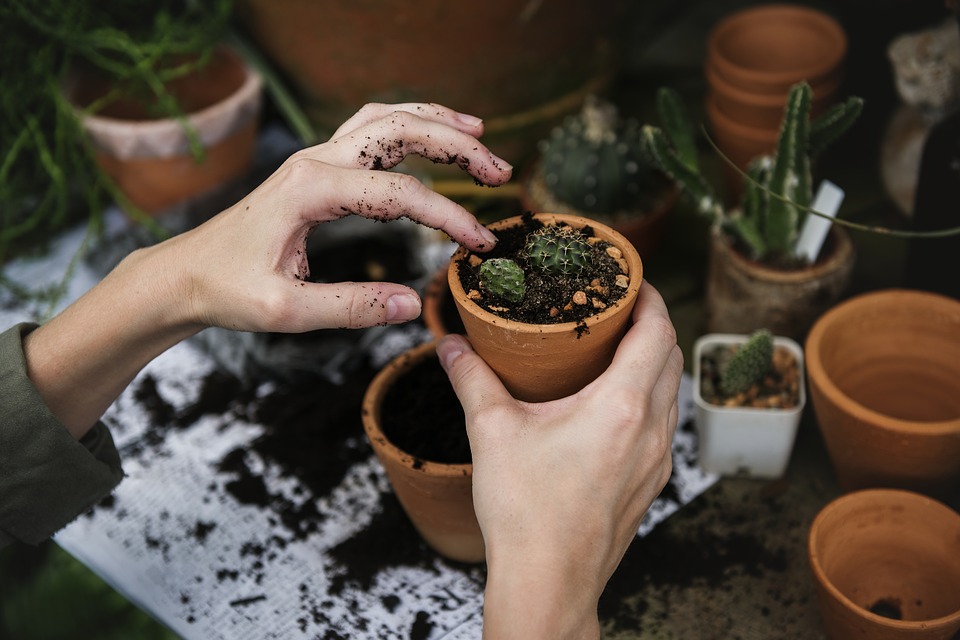Top Wildlife-Friendly Plants For Summer 2019

In the past few years, gardeners are becoming increasingly eco-conscious as we realise the impacts, positive and negative, gardens can have on local wildlife. The much-publicised plight of the bees has spurred many home horticulturalists to make their gardens a more inviting space for all species. But how do we do this while staying on-trend and keeping our gardens attractive and welcoming to humans?
Some general trends for 2019
This year, gardening experts believe that we will see a move away from the traditional colour palette of pink and purple towards bolder colours, in line with the growing bold colour trend of interior design. However, insects like bees and butterflies are able to see ultraviolet light that humans can’t, meaning purple and pink flowers are much more attractive to them. Gardens in 2019 will need to find a healthy balance and look for plants in other colours which are still strong attractors for insects.
Another growing trend is the introduction of wildflowers into home garden spaces. Common wildflower species like poppies, daisies and a mix of grasses create a looser planting style which is also super beneficial to surrounding wildlife throughout their lifecycles.
List of 10 plants good for birds, bees and butterflies
Lavender
Although a purple flowering plant, lavender is great for any wildlife-friendly garden and is attractive for bees and butterflies throughout the summer. Lavender is not only rich in pollen for our flying friends but will also smell and look great in your back garden as part of your plant arrangements.
Hydrangea
Another purple flower, but one that deserves special mention is the hydrangea. The Hydrangea Runaway Bride was named plant of the year 2018 at the Chelsea Flower Show and for that reason, is likely to fill gardens this year too. However, most hydrangea varieties are infertile and therefore of no use to bees. Some varieties to consider include the lacecap or oak-leaved hydrangea to better help the bees.
Yellow Cosmos
The Royal Horticultural Society (RHS) recommend yellow cosmos as a pollinating plant good for bees and butterflies. This plant also comes in shades of red, orange and yellow, helping you bring vibrant colour to your garden with simple, smaller flowers.
Sunflowers
The large seedheads of sunflowers are an oil-rich haven for birds such as finches, nuthatches and long-tailed tits. While red sunflowers aren’t as attractive to bees, including a mix of variations diversifies the colours in your garden and still serves a good environmental purpose.
Single Dahlias
Dahlias also come in many rich colours to brighten up your outdoor space and certain variations can be hugely beneficial to most common bees. Single flowers are the best as some dahlia can have so many petals that pollinators can’t reach the nectar and pollen, meaning they go ignored.
Black-eyed Susans
Perfect for more wild garden spaces, black-eyed Susans are highly attractive to birds and butterflies as a great source of pollen and nectar with larger seedheads left behind after flowering.
Buddleja
New variety Buddleja Berries and Cream form beautiful pink and white flower heads filled with cone-shaped flowers that bees and butterflies love. However, most varieties of buddlejas are a great attraction for pollinators.
Red valerian
A plant that performs better in dry soil, making it a great flower to plant through a dry summer, red valerians are attractive to bees, butterflies and moths. A common wildflower, this plant will also keep your outdoor space on-trend in 2019.
Grasses
As mentioned, a combination of grasses can form part of a wildflower meadow-style garden. Grass variations such as cock’s-foot and fescues are perfect for many types of butterfly to lay their eggs on, helping support insects throughout their life cycle.
California poppies
All types of poppy are fantastic for pollinators, but the California variation blooms in beautiful cone shapes and comes in colours such as red, yellow, pink, orange and cream for a garden filled with vibrancy and a touch of the wild.
Keeping a beautiful garden is a fun and fulfilling exercise but making sure that garden is great for the environment and supports local wildlife can improve its quality no end. Planting these flowers for summer 2019 will help keep your garden looking great, on-trend and full of visitors.
This article was provided by Damon Culbert from Complete Holiday Homes, luxury holiday lets in Hampshire.
Akshay Sharma
Latest posts by Akshay Sharma (see all)
- Best Single Door Fridge Models Of 2025 Features, Energy Ratings & Price Guide - December 22, 2025
- 5 Critical Things You Must Know for Professional Custom Badge Quality: An Expert’s Guide - November 3, 2025
- Are You Using a Loan Calculator for Second Hand Car Rightly? - October 13, 2025
- Round Steel Tanks: Long-Term Solutions for Water Storage - September 19, 2025
- Embrace the Culture: Syna World Hoodie and Syna World Tracksuit UK - September 13, 2025
- The Best Types of Birthday Flowers That You Can Gift to Someone
- How to Grow Your Money By Investing in Mutual Funds
